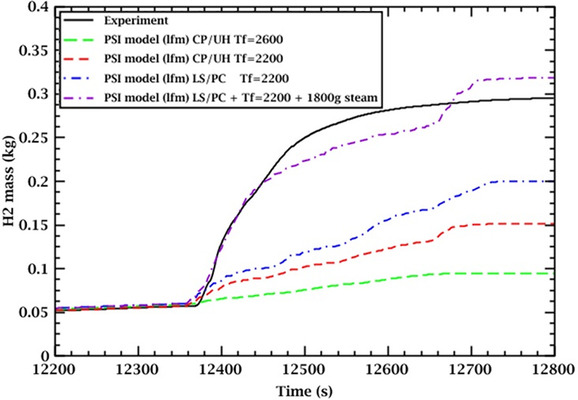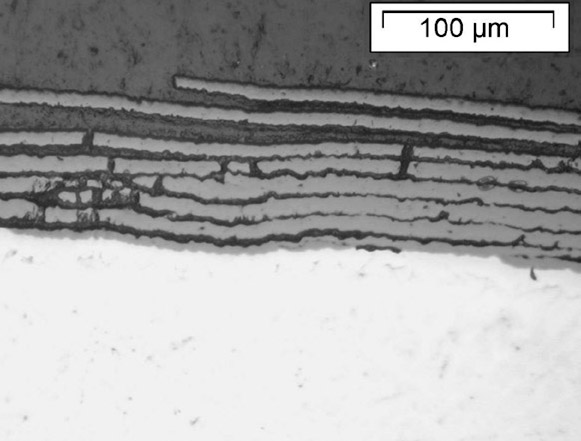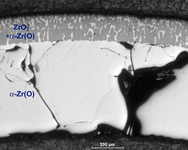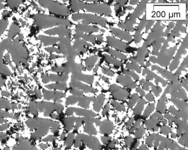Nuclear safety research
Beyond Design Basis Accident Experimental Research
At the Karlsruhe Institute of Technology, light water reactor (LWR) safety has been a focal topic of the NUSAFE![]() programme for several years. The Nuclear Safety Research Group is concerned with the investigation of safety-relevant accident scenarios of light water reactors. The main focus of interest is the quantification of phenomena that can develop both during design-basis accidents (temperatures below 1200 °C) and during postulated beyond-design-basis accident sequences (temperatures above 1200 °C).
programme for several years. The Nuclear Safety Research Group is concerned with the investigation of safety-relevant accident scenarios of light water reactors. The main focus of interest is the quantification of phenomena that can develop both during design-basis accidents (temperatures below 1200 °C) and during postulated beyond-design-basis accident sequences (temperatures above 1200 °C).
Central questions in the description of severe accidents include:
- when and how does the reactor core begin to lose its original geometry as a result of the increasing temperatures,
- when does the displacement of solid and molten core materials occur in the lower part of the reactor pressure vessel,
- how much hydrogen is formed as a result of the oxidation of the core materials by water vapour and how is the hydrogen formation rate affected by the progressive core destruction,
- how a partially blocked reactor core can be cooled by water injection. With regard to the timely termination of a severe reactor accident, flooding the overheated reactor core with water is one of the most important protective measures. This process can lead to violent exothermic chemical reactions between the resulting water vapour and the fuel element cladding tubes (various Zr alloys), temperature escalation and the formation of large quantities of hydrogen.
It is important to know the so-called hydrogen source term, i.e. generation rate and total quantity. This is determined in the electrically heated QUENCH test facility, which was commissioned in 1997, under various test conditions for PWR, BWR and VVER fuel elements with 21 to 31 approx. 2.5 m long fuel rod simulators. A heated fuel rod simulator consists of the cladding tube under investigation, the annular ZrO2 pellets (whose thermal properties are similar to those of UO2 pellets) and the central tungsten heater. The central unheated rod simulator can be replaced by a neutron absorber rod, which allows the influence of eutectic interactions between absorber and construction materials.
The following phenomena were found to play a crucial role in the increased rate of hydrogen release:
|
|
|
|
| Spalling of the developing oxide layer from the cladding tube surface in some Zr alloys in the temperature range from 750 to 1050 °C | Lack of steam at higher bundle levels, which can lead to complex degradation of the protective oxide layer | Intensive melt oxidation under non-isothermal conditions |
Design Basis Accident Experimental Research
Due to the higher burn-up levels in modern nuclear reactors and the use of newly developed cladding tubes, the safeguarding of emergency cooling criteria for design basis accidents is to be examined. In expert opinion practice, the coolability of the reactor core in the case of a LOCA design basis accident is currently regarded as proven if the residual ductility can be demonstrated by embrittlement criteria. However, residual ductility may be lost due to secondary hydrogenation after rod bursting under certain conditions. Instead of assessing a residual ductility, the assessment of fracture strength could be done in the future if such a fracture strength were known as a function of oxidation degree (ECR%) and hydrogenation degree (ppm H). In order to find these dependencies, the QUENCH-LOCA program was initiated.
Projects and Cooperations
These phenomena as well as other investigation topics , e.g. air ingress, formation of a debris bed are dealt within the framework of the following international projects: SARNET (EU), LACOMECO (EU), NUGENIA (EU), IVMR (EU), QUENCH-ATF (OECD-NEA), FUMAC (IAEA ), ACTOF (IAEA ), ATF TS (IAEA), SPIZWURZ (GRS) and ISTC. ↵
The following special facilities are operated by the group:

|
Facility features
Simulation of
Alternative configuration as LICAS (Long-term Investigation of ClAddings behavior under Storage conditions) facility designed during the HOVER project.
|

|
Facility features
|

|
|

|
|
The group owns two computer codes which are used for pre-calculations and post-calculations of all experiments:
- mechanistic code SFPR/SVECHA for single rod calculations
- stand alone software for prediction of Zr-hydride reorientation under dry strorage conditions
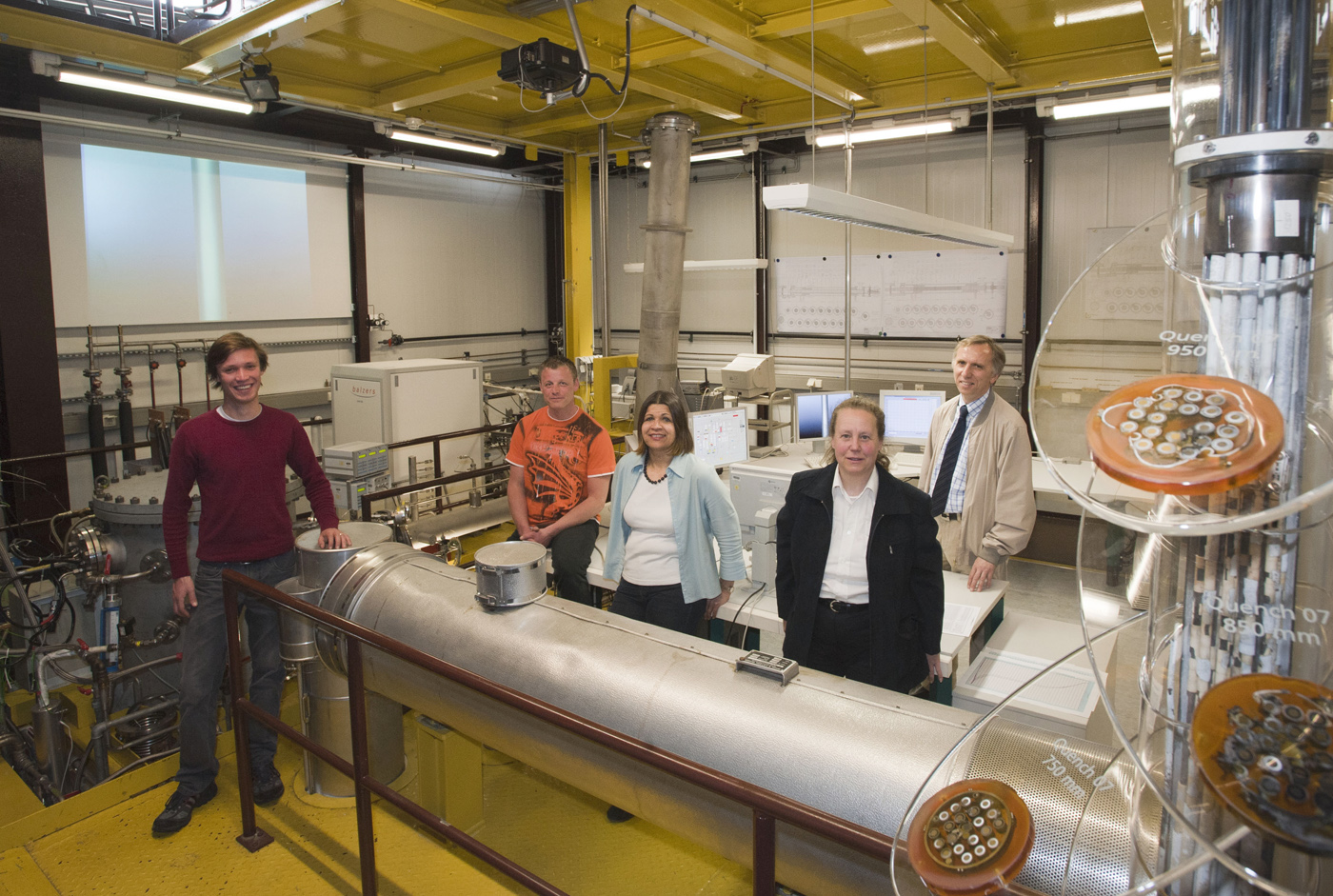

.jpg)
